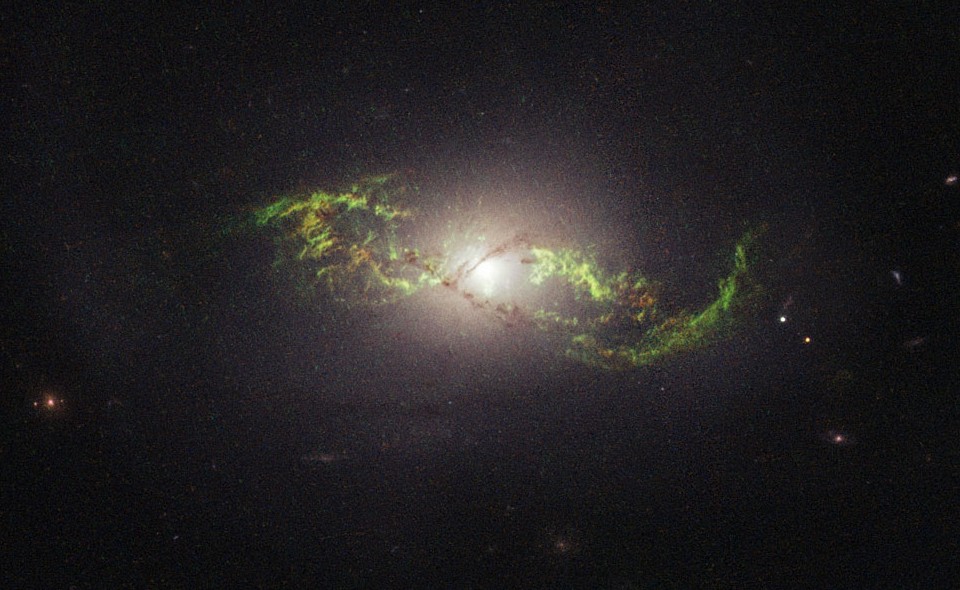My Research
Summary
PhD Research
I am currently studying for a PhD at the Jodrell Bank Center for Astrophysics, part of the University of Manchester. My supervisors are Professor Christopher Conselice and Dr. Nathan Adams. My research involves using the James Webb Space Telescope to study galaxies in the early universe. I am particurally interested in the growth of stellar mass in the first galaxies.
Master's Research
My master’s research was undertaken at the High-Energy Astrophysics Division (HEAD) of the Harvard-Smithsonian Center for Astrophysics. My supervisor was Dr. W. Peter Maksym. I studied the interactions between AGN (supermassive central black holes) and their host galaxies, using data from across the electromagnetic spectrum.
Most galaxies are thought to have a central black hole that is millions to billions of times the mass of the Sun. This solar system size object can have an incredilbly large influence on the evolution of the entire galaxy, through jets, outflows and winds. Often light from AGN can outshine the rest of the galaxy altogether! AGN can look wildy different depending on the angle we view them at, and they were once thought to be many different objects, but there is now a Unified Model, that ties all of our theories together. You can read more about it here
I used data from the Chandra and Hubble telescopes, which work in the x-ray and optical respectively, although I have used NuSTAR and VLA data as well for comparisons. I work with both images and spectroscopy to charicterise both the location and spectral shape of the emission, which can be modelled to provide insight into the physical parameters describing the AGN and surrounding material, such as the amount of obscuration (column density), gas temperature and the viewing angle.
NGC 5972

AAS HEAD Abstract 2022 (Poster)
Signatures of AGN feedback in the spectacular extended emission line region of NGC 5972
T. Harvey, W. Maksym, W. Keel
Large clouds of ionised gas far from AGN, known as Extended Emission Line Regions (EELRs), promise a novel tool for getting a handle on the kiloyear timescale behavior of AGN accretion. These clouds are often considered as quasar light echoes, because their emission states can encode the AGN luminosity history over the past 100,000 years. AGN with current luminosity below the required luminosity to ionise the EELR are known as “fading AGN”. However sometimes they can be spoofed by an obscured AGN with high column density, which are themselves important laboratories for studying AGN feedback. NGC 5972 contains the most extended known EELR and was thought to be a faded AGN, but new x-ray luminosity estimates from NuSTAR and Chandra observations suggest a higher bolometric luminosity consistent with no recent fade in AGN output.
We will present a new analysis of 3 Chandra observations of NGC 5972, totalling 50ks, which take advantage of Chandra’s sub-arcsecond angular resolution to analyse spectra, luminosity and potential spatial distribution of hot gas within the galaxy. By comparison to Chandra PSF simulations we determine that the soft (< 3keV) emission are spatially extended and show correlation with the HST [OIII] features, including the galaxy-scale EELR and an arcsecond scale nuclear bubble. We are investigating the role of the AGN, jets and possible winds in exciting these features. This will help us understand the processes that can falsify fading AGN via EELRs, and allow us to reexamine the “light echo” luminosity history of this galaxy. This work is supported by Chandra grant GO8-19096X.
